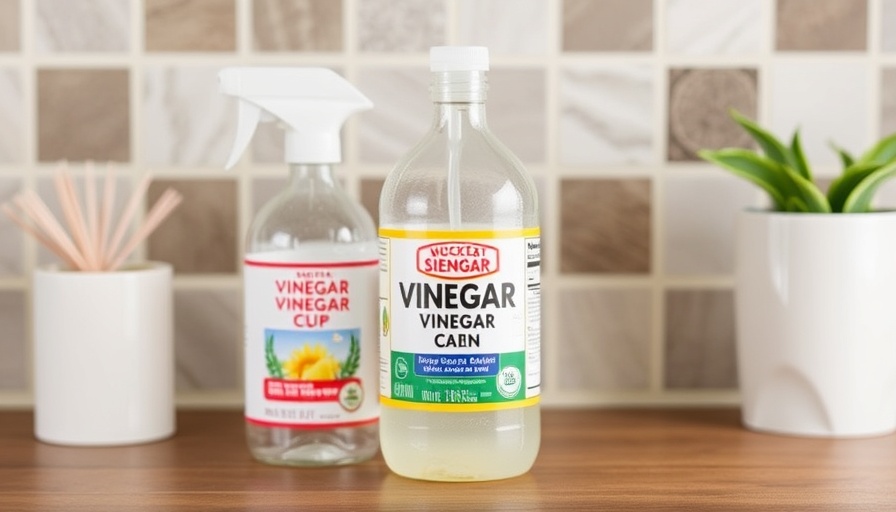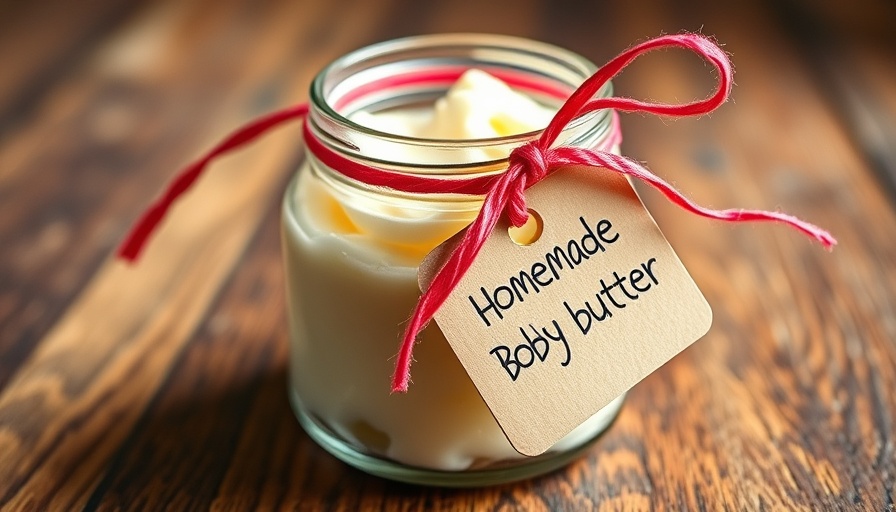
The Hidden Dangers Lurking in Your Cleaning Supplies
When you reach for that all-purpose cleaner beneath the sink, you probably assume it’s safe for your home and family. However, many common cleaning products are laden with toxic chemicals that can pose serious health risks. From allergies to reproductive issues, these products can be silently causing harm, especially to those who are more vulnerable like women, people of color, and low-income families who often shoulder the burden of cleaning.
Debunking the Myths About Cleaning Products
There’s a common misconception that all cleaning products available in stores are safe to use. Unfortunately, this assumption is misleading. Many consumers believe that these products are strictly regulated and environmentally friendly, but the reality often says otherwise. Numerous studies highlight that the government does not adequately regulate the chemicals used in cleaning products, allowing potentially harmful substances to remain in widespread use.
The Top Health Hazards of Conventional Cleaning Products
It's important to be aware of the types of health issues cleaning products can cause. Here are some of the top hazards:
- Allergies: Chemicals in cleaning solutions can trigger skin rashes and respiratory issues. Statistics show that between 2-11% of individuals suffer from skin allergies related to fragrances found in many cleaning products.
- Asthma: Studies have identified a correlation between exposure to cleaning agents and increased asthma rates among children. Fragrances common in these products can especially provoke asthma attacks.
- Burns: Ingredients like lye and bleach can cause serious burns if they come into contact with the skin or mucous membranes.
- Headaches: Volatile organic compounds, or VOCs, released by many cleaning products can lead to migraines and other health frustrations. A substantial number of U.S. respondents reported headaches and respiratory troubles associated with these products.
- Poisoning: Cleaning agents are responsible for numerous pediatric emergencies annually, with thousands of children unaware of the dangers they might encounter.
- Reproductive Issues: Several commonly used chemicals are linked to reproductive issues such as reduced fertility and birth defects, highlighting the importance of careful product selection.
Making Your Cleaning Routine Safer
Transitioning to safer cleaning products can seem daunting, but there are simple practices to help protect your health and that of your family. Here are some strategies:
- Choose Natural Alternatives: Many manufacturers now offer green cleaning products made from natural ingredients. Look for certifications from reputable environmental organizations.
- DIY Solutions: You can make effective cleaning solutions using simple ingredients like vinegar, baking soda, and lemon juice. These are not only safer but also friendly to the environment.
- Read Labels: Familiarize yourself with ingredient lists and be wary of any unpronounceable chemicals or fragrances. The fewer the ingredients, the better.
Setting a Standard for the Future
As we become more aware of the hidden dangers of conventional cleaning products, there is also a renewed push for regulatory reforms. Advocates argue for more stringent regulations governing household chemicals, to ensure that families can clean their homes safe from harm. The call is for safer, healthier options that benefit everyone, particularly those most at risk.
Adopting better cleaning habits not only safeguards your health but also promotes a more sustainable environment. By making conscious choices about the products we use, families can contribute to a healthier planet.
Ultimately, knowledge is power. Now that you're aware of the potential hazards lurking in your cleaning products, spend a little time evaluating what’s under your sink. Consider making the switch to safer alternatives and help create a healthier home.
If you’re interested in learning more about living a healthier lifestyle or keeping your environment safe, subscribe to our newsletter for tips and resources directly to your inbox.
 Add Row
Add Row  Add
Add 




Write A Comment